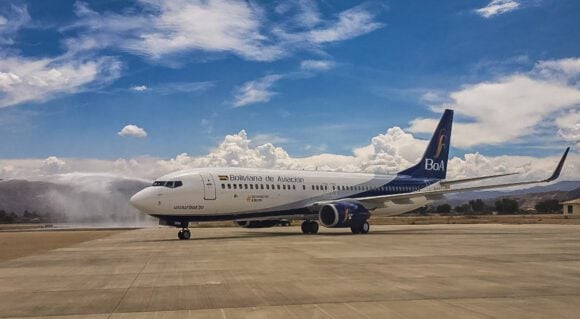That the airline business is subject to numerous exogenous factors impacting schedule is nothing new. At the same time the industry has powerful assets at work in operation centers, monitoring everything, including the weather, on a global basis. Which means that even though there are unpredictable events (tornadoes for example) airlines are as aware as anyone about events as they unfold and threaten schedules. In other words, given the vagaries of running an airline, there should really be few shocks that send the system off the rails.So this lead us to take a look at how airlines treat time. Turns out they treat time rather loosely. The chart below uses JFK-LAX as an example, and we selected September for each year. Going from 2000 through 2013 should provide a reasonable period for evaluation. We have averaged the numbers to keep this story simple. The horizontal red line represents “on-time” (CRS time and actual time are the same) and the dashed red line represents the variation between CRS time and actual time; below the solid red line is an early arrival and above a a late arrival.
Flying from JFK to LAX is 2,475 miles and its been this way for a long time. Yet we see airlines vary schedules every year. In 2004 we had the shortest average CRS scheduled time of 354 minutes. By 2008 CRS time had shot up to 376 minutes, 6% more time. In 2004 actual time averaged 348 minutes and in 2008 actual time averaged 360 minutes.
How can the scheduled time vary so often? Actual time varies because of the vagaries of travel. The Economist had this story on US airlines padding their schedules. They think its better to be early than late and approve of padded schedules. Well perhaps, but it is even better to be consistent. Business travelers probably want consistency over anything else; schedule is the primary reason to select a flight for business travel after all. Padding schedules is an old story (and also here) by the way.
As airlines go through consolidation, could we see more accurate schedules?
Good news: There are likely to be fewer aircraft in the sky, meaning less clogged airways for the FAA to monitor. This should ease the congestion in the sky but it will increase congestion in the cabin.
Bad news: Airlines are likely to keep the throttles at lower power settings to save fuel. After all, there is less competition and the goal of driving down costs remains paramount. Passenger time simply is not that valuable.
In summary, schedules are always going to be be defined by airlines. These schedules are for their convenience. Even with an oligopoly airline industry behaving in less price competitive ways, in the USA we fall back on one thing. The United States has a well developed airline start up culture. As the consolidated industry focuses on its new world order, there will be room for start ups. Competition could also emerge for a new type of flying like that performed by Surf Air in California.
Views: 1





“How’s” is short for “how is” not “how does.” The correct tagline should be “how does your schedule look?” There is no contraction in English for “how does.”